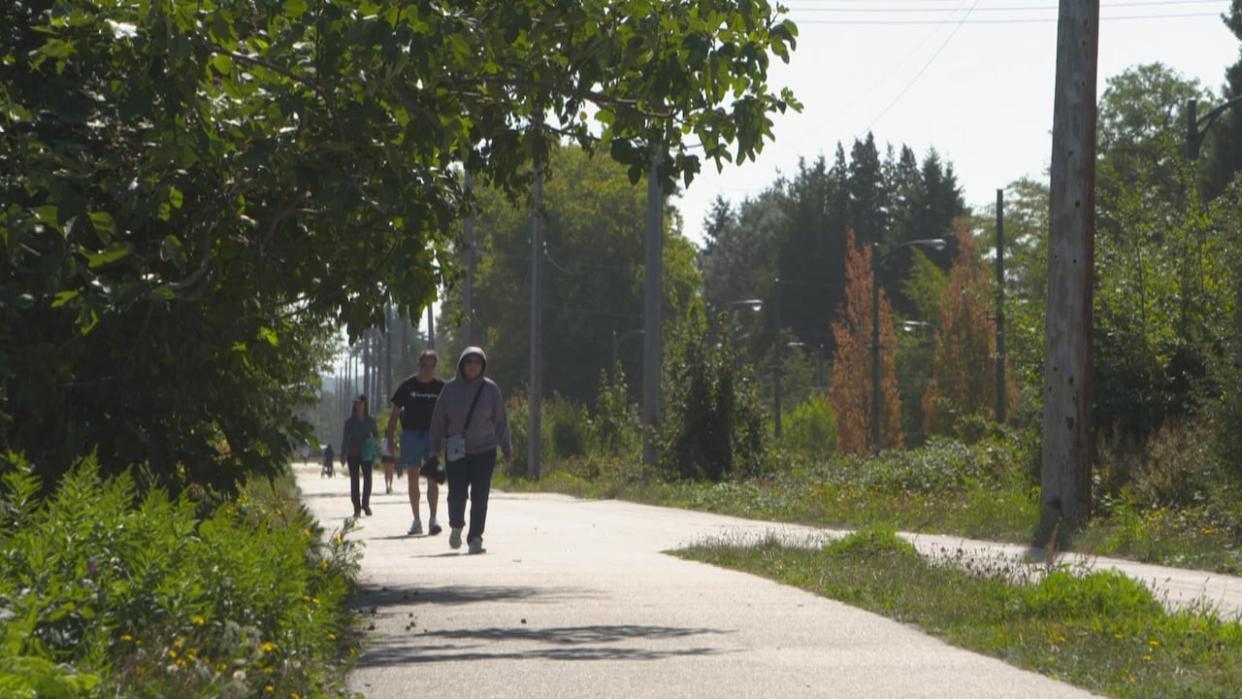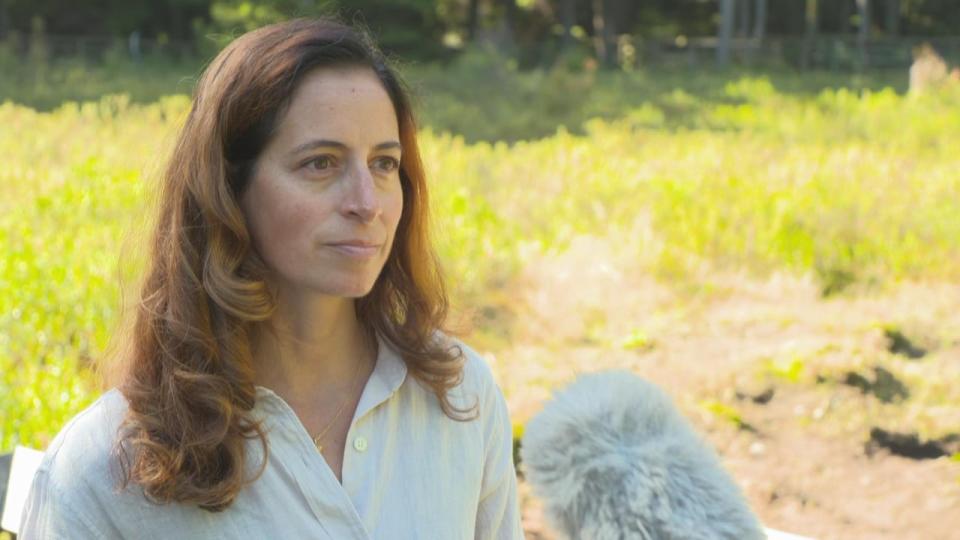Areas of Vancouver most in need of green space are least likely to have it, says UBC research

Many mornings, third-year bioeconomics student Kane O'Brian walks near Kitsilano Beach listening to the water lap up on the sand, the rustling of the trees and birds chirping nearby.
"I just like the quiet and the stillness," he said. "Connecting to what is around me, getting away from all the noise and everything else going on."
He said the practice and light exercise outdoors helps him "reset."
Having access to nature, and more specifically green spaces, has been shown to improve mental well-being.
A new tool developed by researchers at the University of British Columbia used to identify which neighbourhoods are in need of more green space has found disparity between western and eastern neighbourhoods in the city.
"There is a bit of a gradient in terms of how restorative nature is distributed in the city," researcher Tahia Devisscher told CBC.
"Not everyone is benefiting from restorative nature."

Tahia Devisscher is an associate professor in the faculty of forestry at the University of British Columbia. (Gian-Paolo Mendoza/CBC)
The local restorative nature index (LRN) was designed to assess healing qualities of green spaces. It looks at three areas that promote mental well-being: refuge, wild nature and diversity.
Refuge refers to areas that provide a sense of safety, for example an area with many trees that create a closed canopy, said Devisscher, who is an associate professor in UBC's forestry department.
Wild nature includes spaces with trees and open spaces, bodies of water and lower vegetation — an area that appears wild. Meanwhile diversity refers to the variety of vegetation in a given space.
The higher a space scores across those three categories, the more revitalizing it is, according to Devisscher.

This map shows local restorative nature (LRN) index scores for neighbourhoods in Vancouver, along with vulnerability scores based on income and employment, among other factors. (Submitted by UBC)
When applying the index to Vancouver, researchers found that more affluent neighbourhoods like Shaughnessy, Dunbar and West Point Grey had higher LRN scores.
When LRN scores were compared in different neighbourhoods along with their incomes and employment rates, the index found that more vulnerable areas, such as downtown and Strathcona, scored lower.
Socioeconomic vulnerability was determined using census data, including housing types, employment rates and cultural diversity; neighbourhoods with a higher proportion of rental housing, lower employment rates or greater ethnocultural diversity tended to receive higher vulnerability scores, Devisscher said.
Melissa Lem, a family physician in Vancouver and director of Park Prescriptions with the B.C. Parks Foundation, said often people who struggle with their health live in areas with less green space.
"If we can identify those areas that don't have enough green space and also those populations who have lower health status and then try to shift green space or expand green space within the city such that everyone has equal access to it, we can really improve health outcomes that way," she said.
"I don't think we've seen nearly as many trees planted or green space added as we need to to make sure we have a healthy city."
Devisscher said she hopes this new information will better help urban planners, both in Vancouver and in other cities, identify where green space needs to be added.
"Planners worldwide can use it to tailor their strategies to their city's unique needs."


